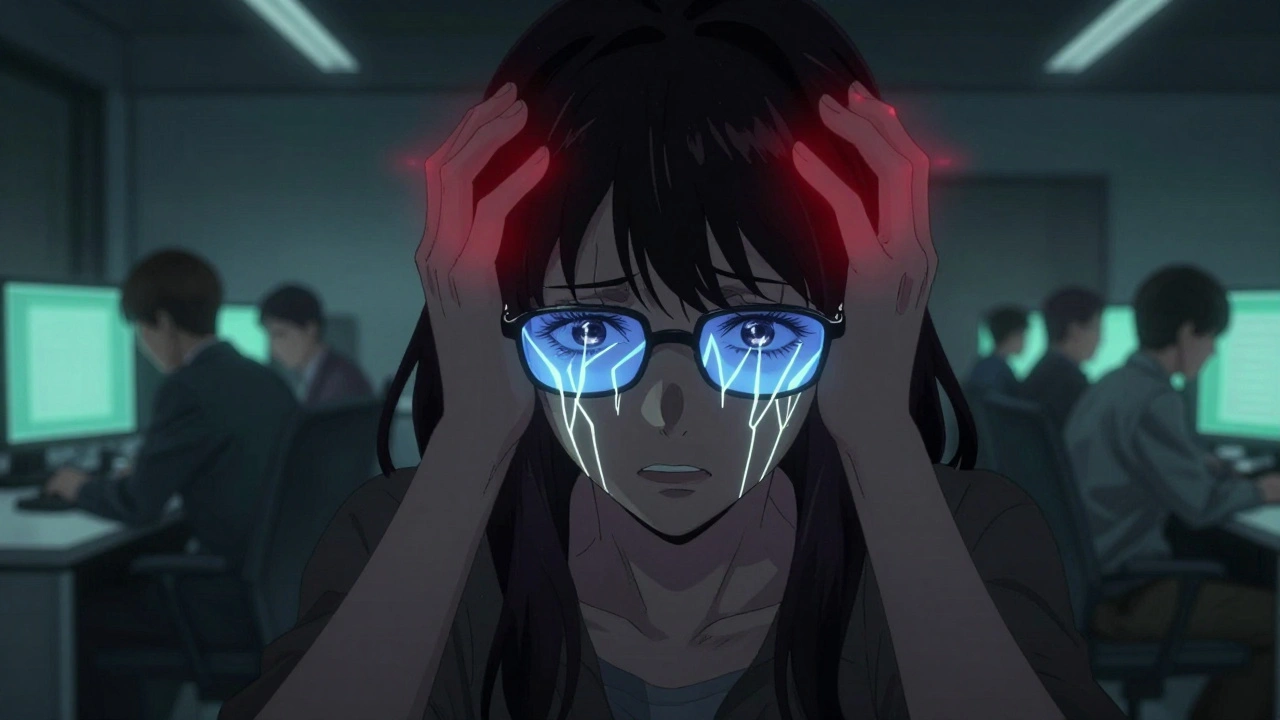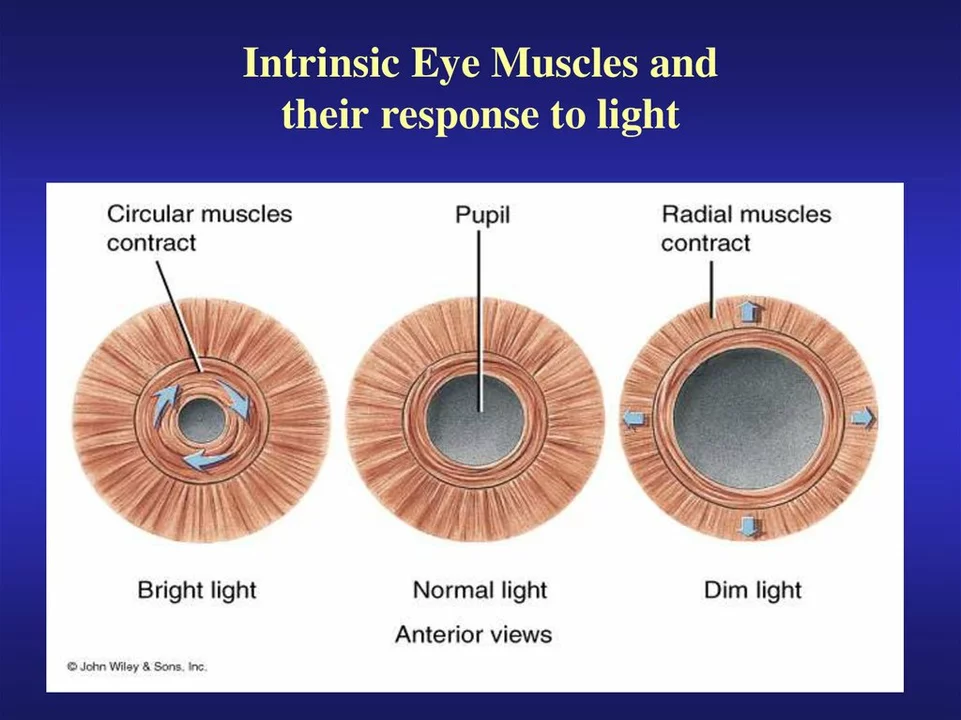Light Sensitivity: Why Bright Light Hurts and What to Do
Bright light can make your eyes water, give you a headache, or make you avoid going outside. Some people feel this all the time, others notice it only during a migraine or after looking at a screen too long. That sensitivity is called photophobia, and it has many causes. Knowing the likely cause helps you fix it faster.
What causes light sensitivity?
Common causes include dry eyes, migraine, inflammation inside the eye, recent eye surgery, concussion, and certain medications. Bright screens, high screen contrast, and glare from sunny surfaces can trigger symptoms even in healthy eyes.
Some people are born with sensitive pupils or thin corneas that let in more light. Others develop sensitivity after an infection or from long-term contact lens wear. If you have blurred vision, severe pain, or sudden vision loss with sensitivity, seek urgent care.
Quick steps to feel better
Start with easy fixes: wear sunglasses with UV protection, use a wide-brim hat outdoors, and reduce screen brightness. Add a matte screen protector to cut glare and turn on dark mode for apps you use a lot. For office work, position monitors to avoid direct light and try to increase room ambient light rather than relying on a single bright source.
If your eyes feel dry or gritty, try preservative-free artificial tears several times a day. They often help within minutes. For migraine-related sensitivity, rest in a dim quiet room and consider over-the-counter pain relief if you can take it safely.
If medication causes sensitivity, talk to your prescriber about alternatives. Don’t stop important drugs suddenly; ask for advice. An eye doctor can check for inflammation, corneal problems, cataracts, or other issues that need specific treatment.
If the sensitivity follows a head injury, or you have fever, stiff neck, or worsening headache, seek emergency care. Those signs can point to serious problems that need fast attention.
You can track triggers in a simple diary. Note light types, screen time, sleep, and foods before symptoms. Over time you’ll see patterns and make better choices without guesswork.
If you wear contacts, give your eyes breaks and follow replacement schedules. Consider switching to daily disposables if you get frequent irritation. A small change in lens type often cuts sensitivity a lot.
If simple fixes don’t help after a week or symptoms get worse, book an eye exam. Most causes are treatable, and a short exam often finds the fix.
Choose sunglasses that block 100% UVA and UVB and consider polarized lenses to reduce glare on water or snow. Indoors try amber-tinted glasses or FL-41 lenses; some people with migraine notice a clear benefit. For persistent headache-related sensitivity, ask your doctor about a migraine plan; preventive meds, lifestyle changes and consistent sleep can reduce attacks.
Keep a list of current medicines to share at appointments; some over-the-counter and prescription drugs can increase light sensitivity. Book an eye check and tell the clinician about your light sensitivity for faster diagnosis today.
Photophobia: Understanding Light Sensitivity Causes and Effective Solutions
Photophobia is not just being bothered by bright light - it's a symptom of underlying eye or neurological conditions. Learn the real causes, proven solutions like FL-41 lenses, and when to seek medical help.
Pupil Constriction: What Causes Myosis?
As a blogger, I recently explored the topic of pupil constriction, or myosis, and discovered some interesting facts. Myosis occurs when the muscles in our iris contract, causing the pupil to become smaller. There are several factors that can lead to this reaction, such as exposure to bright light, certain medications, and even the natural aging process. Additionally, some underlying health conditions, like brain injuries or eye trauma, can also cause pupil constriction. It's essential to be aware of these factors and consult a healthcare professional if you experience any sudden or unexplained changes in your pupils.


